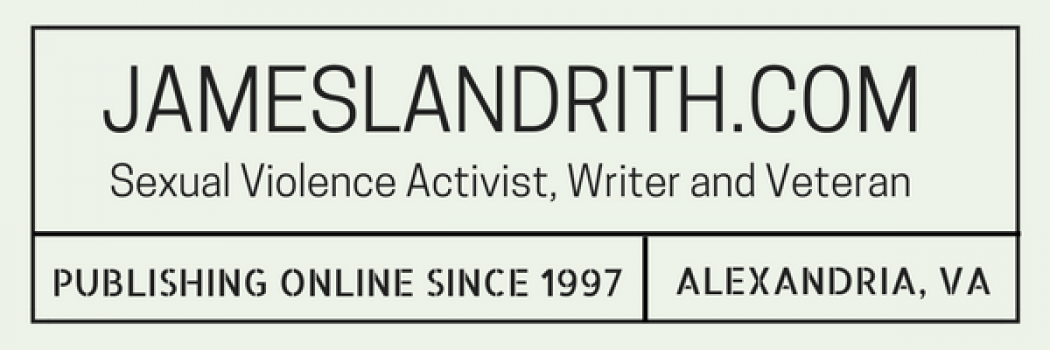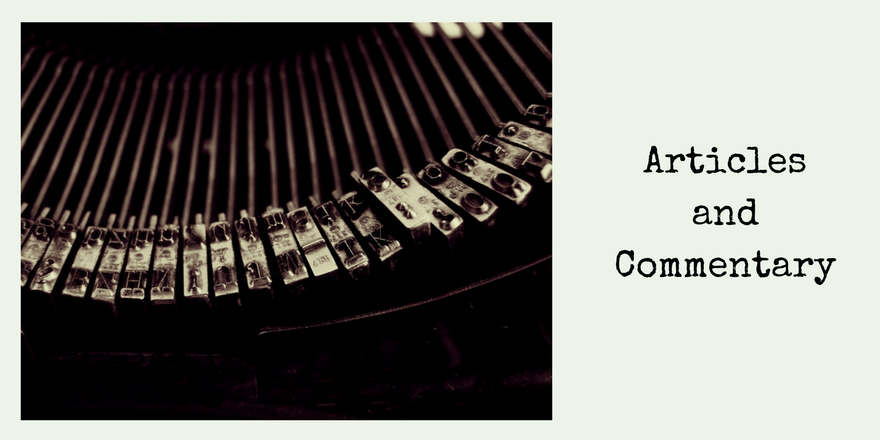Contemporary Issues in the Persian Gulf I
American Military University
In The Greatest Threat, Richard Butler chronicles his work as chairman of UNSCOM inspecting and disarming Iraq’s chemical and biological weapons programs. This book and the coverage of the last two years with regard to the U.S. and U.K. led invasion of Iraq has forced me to reflect on the threat that chemical and biological weapons programs present to both the Middle East and American military forces.
During my six short years as an active duty Marine from 1989 to 1995, to my knowledge, I never once had a working gas mask. While this is an unfortunate state of affairs, it was hardly a rare occurrence in the Corps of the 1980s and early 1990s to take a trip to the gaschamber with an ancient mask and brand filters, only to get a nice healthy dose of CS during the entire training period.
Prior to departing for Desert Shield, the entire battalion was issued new gasmasks, but unfortunately, we were not given an opportunity to test them in the gas chamber at Camp Lejeune. Actually the gasmasks were new to us, but like a lot of our equipment, they were hand-me-downs from the U.S. Army. We were far too busy with plans for the coming deployment to test the masks and refresh our training.
Once we were deployed to Saudi Arabia and assigned to our individual compounds, we were given refresher training on “donning and clearing” our masks and the proper wearing of our charcoal protective gear. I recall that the worst fear in our unit was the possible use of chemical and biological weapons by Hussein’s forces. While I do not recall the date, I remember that during the ground war, while stationed in Northeastern Saudi Arabia, near the Kuwait border, the NBC alarms detected a chemical agent in the air. There had previously been several false alarms, but this one was a bit different.
Instead of simply donning and clearing, we were instructed to go to M.O.P.P. Level 4, which combined the use of the gasmask and hood with the charcoal lined suit and gloves. However, unlike the previous false alarms, the entire compound remained at M.O.P.P. 4 for several hours past the recommended effective use of the charcoal suit. To this day, I have no idea if it was really a false alarm, as we were informed, or if the compound was subjected to a low level of chemical agent from the Iraqi forces a few miles up the road. To make matters worse, since 1995 I have experienced recurring cysts in my abdomen, one arm and both legs, as have other Gulf War vets. This summer, I will once again go under the knife to have them removed.

